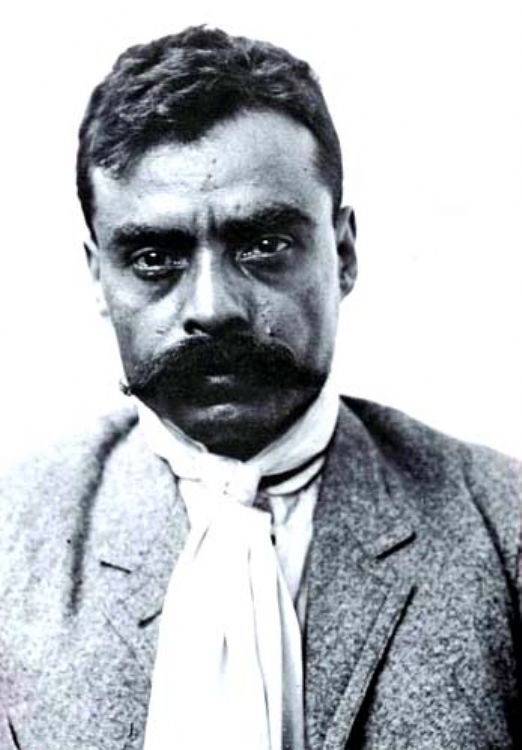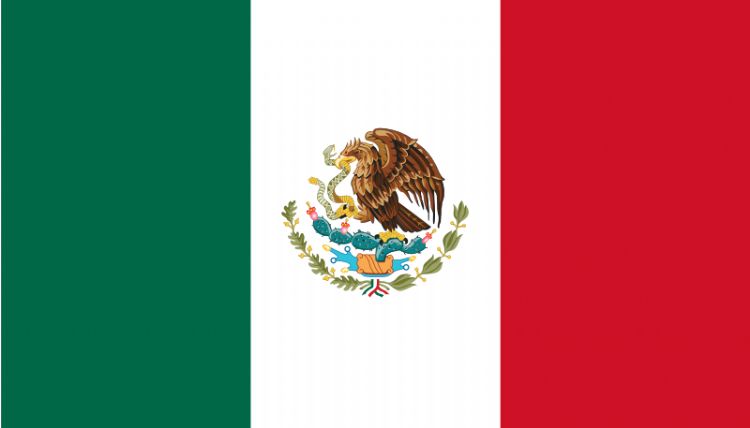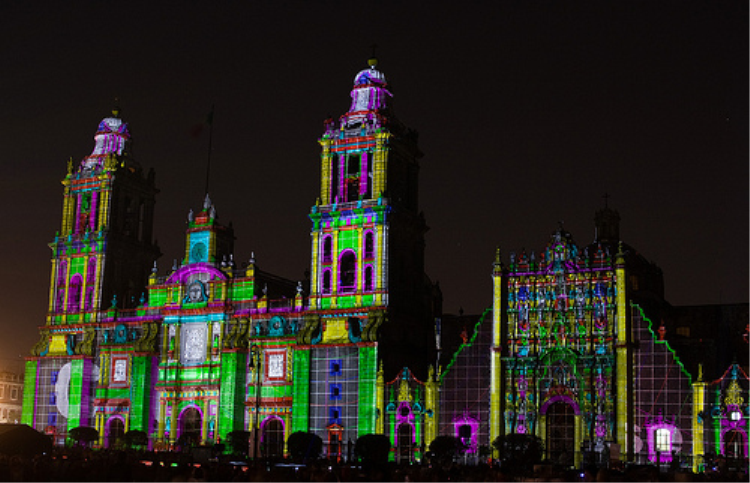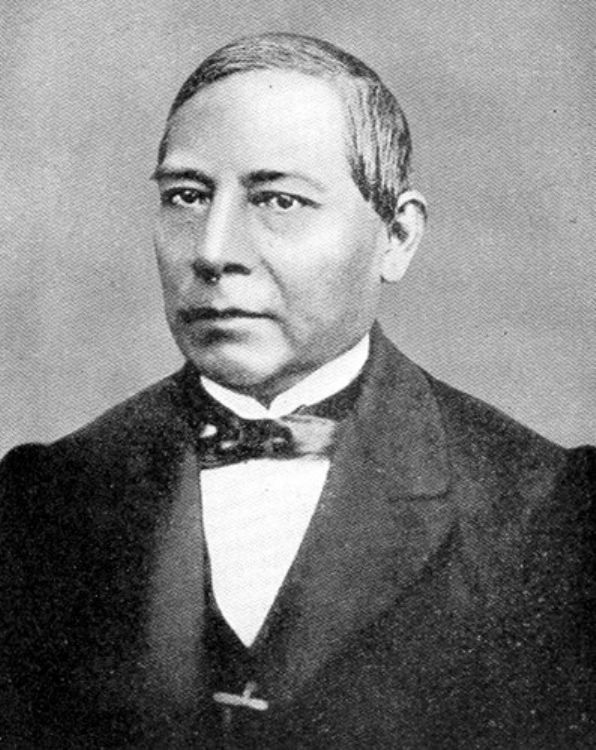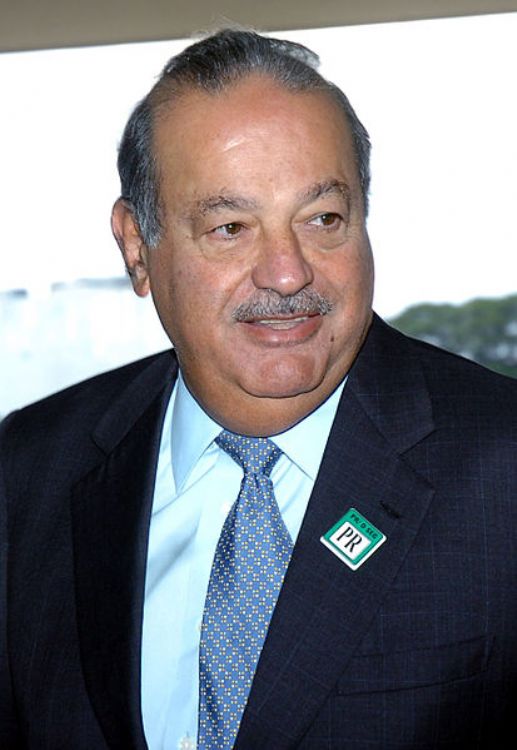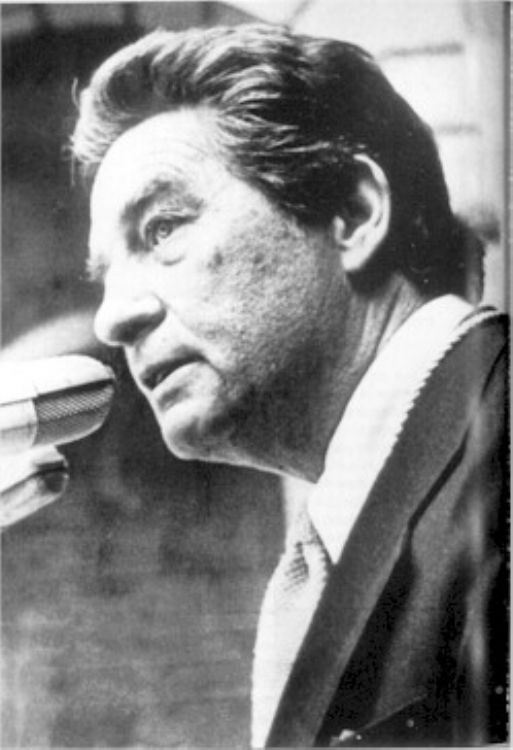The Beltrán Brothers Cartel
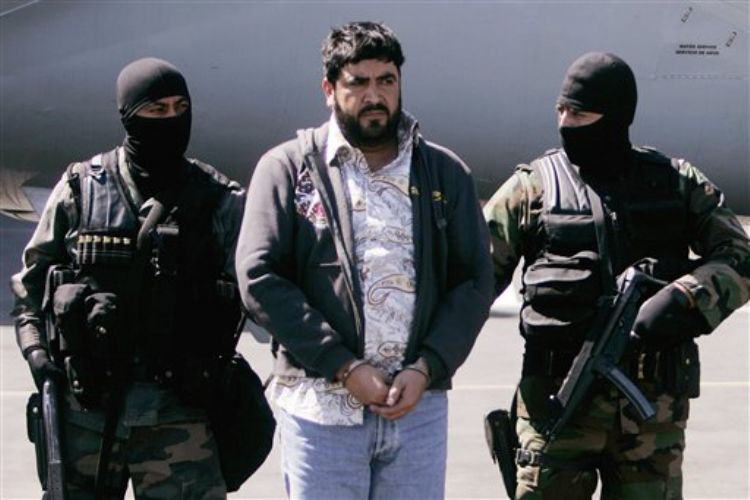
Origins:
An offshoot of the Sinaloa Cartel, this criminal organization was created in 2008 by the Beltrán Leyva brothers (Carlos, Héctor, Marcos Arturo and Mario Alberto). Even though in his origins it was part of the organization of Joaquín, âel Chapoâ Guzmán, when his fifth brother, âel Mochomoâ was arrested, the brothers rebelled against âel Chapoâ and accused him of treason. Besides, the cartel operations had suffered several setbacks by the military forces in Sinaloa. According to the Ministry of Public Safety (Secretaría de Seguridad Pública), in just one week they had caused the criminal organization a loss of 60 million dollars; such actions only increased the quarrels. Ricardo McGregor, Mexico Cityâs Chief of the Presidential Staff, was removed from his post and accused of conspiring with the Leyva brothers and âel Chapoâ Guzmán.
Under those circumstances the separation was a violent one. Bloody confrontations broke out in the state of Sinaloa and its surroundings. In one of the most notorious assaults, the Chief of Police of the Novolato, Gilberto Castillo, and two agents were killed by over 130 AK-47 impacts. The number of law enforcement agents (and gunmen) killed in the fighting, increased. A decision was made to deploy military forces throughout the state: 200 soldiers patrolled the region, more to keep the order than to capture the criminals.
By May 2008 the separation was complete. The few captured (11) during the conflicts in January were now facing trial. 20 more gunmen died in score-settling fights between the 8th and 10th of May. On May 8th, Edgar Guzmán, son of âel Chapoâ, died in the middle of gun shots and grenade launchers. Later, the Beltrán brothers killed the Federal Police Chief, Edgar Millán Gómez. The goal of Arturo and Alfredo Beltrán was to increase their armed forces, even though they already controlled several armed groups such as: los Güeros (the Blonds) in Sonora, los Pelones (the Skinheads) in Sinaloa, and the Special Forces of Arturo (FUDA).
Main Incidents:
By the end of 2008, the Beltrán brothers made a deal with the Zetas, the armed group of the Gulf Cartel. When the United States learned about this alliance, the government decided to collaborate with the Mexican Special Forces in their capture by freezing bank accounts and helping (if needed) in the operations.
As time went by, the brothers increased their power, scope, and level of operations; mainly by the use of force. At that time, Edgar Valdez Villarreal (aka Barbie) was one of their lieutenants. His area of operation included Guerrero, Chiapas, Sonora, Quintana Roo, Sinaloa, Tamaulipas, Morelos, the state of México, Querétaro and even México City. As a result of more score-settling confrontations among cartels, the death toll for the month of July in the state of Sinaloa surpassed the 40 people mark. The use of Molotov cocktails by the gunmen got media attention.
The cartel tried to establish direct links with producers in other countries; one of them was Villafañe Martínez who was arrested in August 2008. Some members of his criminal group had infiltrated police organizations such as the SIEDO (Assistant Attorney General for Special Investigations and Organized Crime) and PGR (Office of the Attorney General). Six SIEDO agents were detained and accused of complicity with the organized crime. On September 24, 2008, 24 dead bodies were found in a forest area of the state of México known as âLa Marquesaâ. The killings were attributed to Raúl Villa Ortega, a member of the Cartel. Also, there were allegations of threats against the state governor, Enrique Peña Nieto. On December 2008, the Deputy Secretary of Public Safety of Zihuatanejo was also arrested for having ties to the Beltrán Leyva Cartel.
By the beginning of 2009, the alliance with the Zetas was broken, and regions such as Jalisco were in dispute (by the Beltrán Cartel and the Zetas). The Beltrán Cartel intensified their intent to settle in Mexico City, (they focused on going unnoticed), but they failed because of law enforcement operations and the interfering of other criminal groups. That is how Tony Mentira, (an operator for the Cartel in the state of México), is captured while he was buying cantaloupes. In 2009, an arsenal is confiscated from the group (the Anahi Beltrán case), and the attempt to liberate their cousin and accountant during their relocation to El Rincón prison in Nayarit is stopped (leaving 7 police officers dead).
The confrontations and accusations of bribery and corruption of authorities are many. During 2009 these are detected in many states (Sinaloa, Nuevo León, Sonora, state of México, Nayarit and others). It is believed that the Cartel is linked to the kidnapping of the son of Mr. Martí. The dismissal of the entire police force of Cuernavaca, the alleged control over the cleanup operations by the Mayor of San Pedro Garza García, the suspected murder of General Tello Quiñones, and the incarceration of some of the criminal cells, made the headlines during this period.
The fame and power of Arturo, (without a doubt, the leader of the organization), is increased. It is believed that the song âThe Boss of Bossesâ by Tigres del Norte, praises him for his activities and operations. However, on December 2009, the United States freezes bank accounts of businesses linked to the Beltrán Cartel; the investigations continue and Arturo is tracked down.
A perimeter is being closed around him but remains on the run for 6 days, moving from Huastepec to Cuernavaca, Morelos. It is not until December 16, 2009, when he is finally caught. Armed with rifles and grenades, he resisted for hours the assault of the Mexican armed forces (the Marines). He died in the confrontation but even though his group was weakened, the rest of the brothers took over the control of the organization. As an act of revenge, they killed the family of one of the marines that took part in the operation.
On December 30, 2009, Carlos Beltrán, another Beltrán brother, is captured by the federal police in Culiacán. However, his role and position in the organization was never clarified. âThe Barbieâ, who until then had been in charge of the armed groups, wanted a more leading role; he tried to go up in rank to fill the power gaps in the organization. A confrontation between Héctor Beltrán and Edgar Valdez Villareal (the Barbie) broke out. Also, the increasing power of their main enemy, the Sinaloa Cartel, forced the group to give up some areas to âel Chapoâ, and to settle more to the south.
New members took over the control and distribution of the main âproductsâ (currently, cocaine and metamphetamines), and some members, like âla Piñaâ (Pedro Velázquez Amador) were captured. The Cartel took control over almost the entire state of Quintana Roo (it can be said they shared it with the Zetas). There were more executions (the case of the âhung menâ in the bridges of Morelos is worth mentioning).
When Salvador Cabañas was attacked in a saloon called the âBarâ, the Barbie takes on the protection of J.J. and hides him for months, but he becomes careless of his own security. He is captured on August 30, 2010. Soon after, his lieutenant âel Grandeâ (the big one) is captured in Puebla; this considerably weakens the influence of the Beltrán Cartel in the area.
Currently, the Cartel is present in the central region of the country (area in dispute), and maintains control over Quintana Roo and Campeche. Mario Alberto Beltrán Leyva is on the List of the âMost Wantedâ by the Federal Government. His brother Héctor has escaped from several police operations, the most recent on September 15, 2010.
Article produced by the Editorial Team of "Explorando Mexico".
Copyright Explorando México, All rights reserved.

